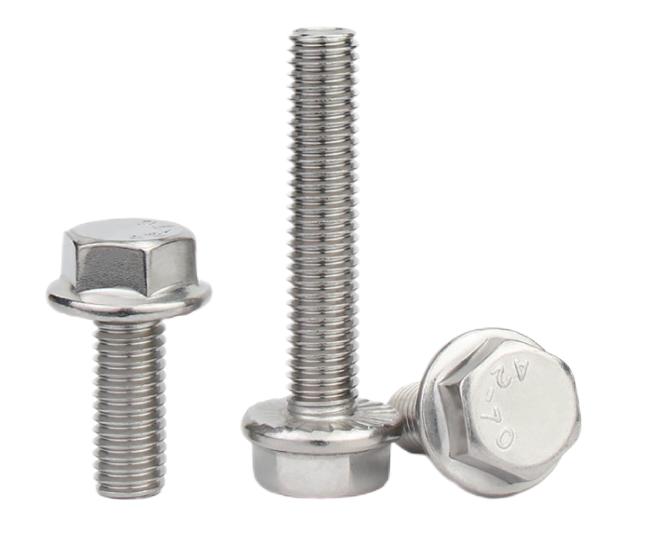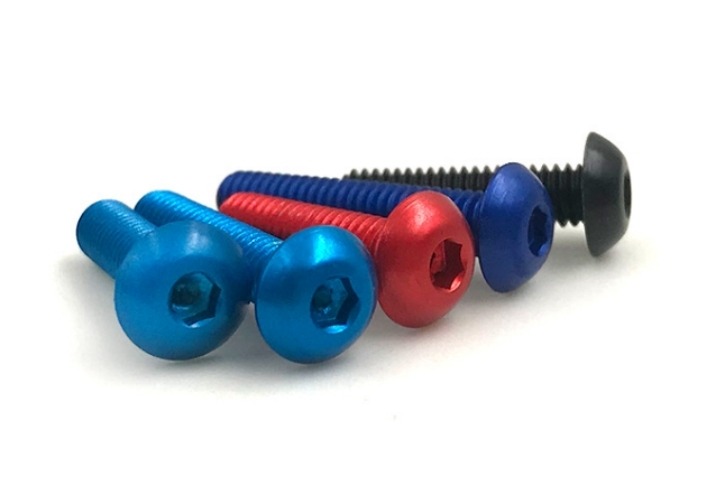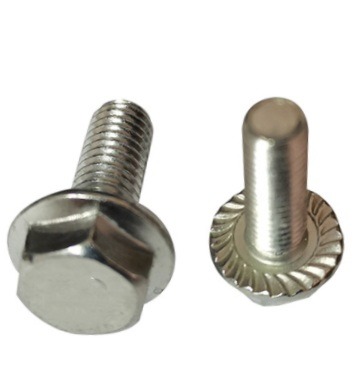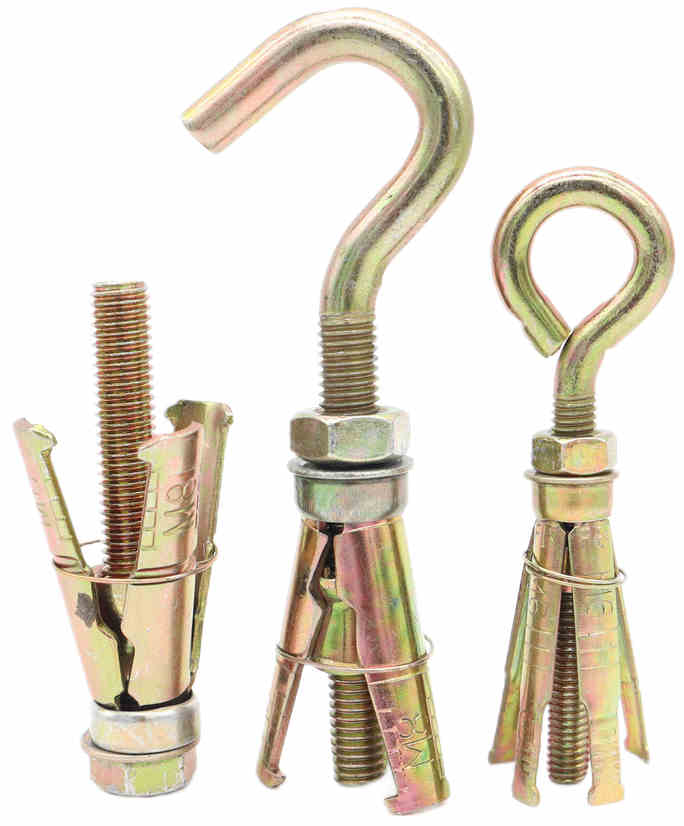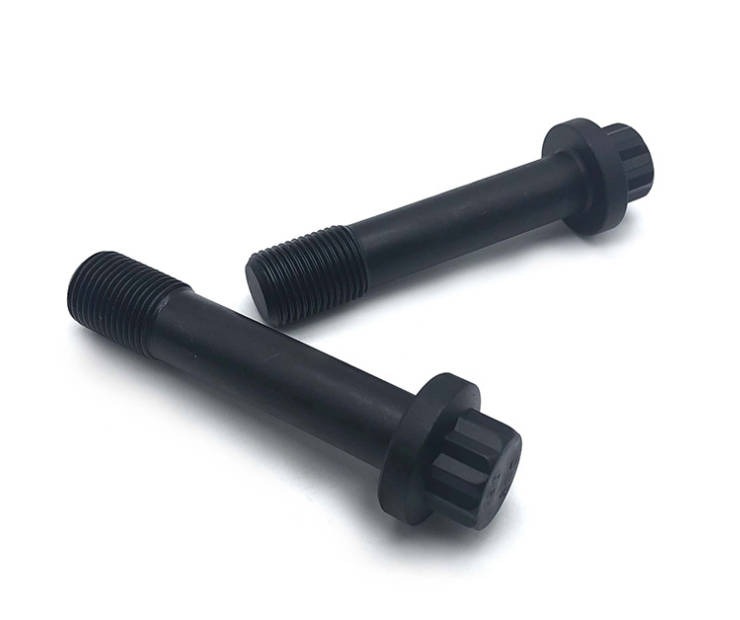Why Bolt Tightening Is Important for Automobile Assembly?
The quality of bolt assembly and the effectiveness of bolt tightening are important for the whole automobile assembly. In view of the analysis of the abnormal automotive bolt assembly, this article mainly tells the bolt tightening process during vehicle assembly and why it is important.
Mechanical Analysis of Bolt Tightening
In the process of bolt tightening, the bolt is stretched and deformed under the action of tensile force and it is squeezing with the connector each other under the action of threaded fastener. The force applied to the bolts and connector is equal in magnitude and opposite in direction.
At this time, the force exerted by the bolt on the connected part is called the axial preload of the bolt. In the process of bolt tightening, the change of force is divided into several stages. First, when the bolt head is not in contact with the fastener, the compression force is 0 and the torque is very small.
When the bolt head fits with the fastener, continue to tighten and then the compression force and torque gradually increase. Continue tightening, the compression force and torque will not continue to increase, but the bolt will reach its yield point. When the yield point is reached, the tightening force and torque will be reduced and the bolt may be deformed and fractured.
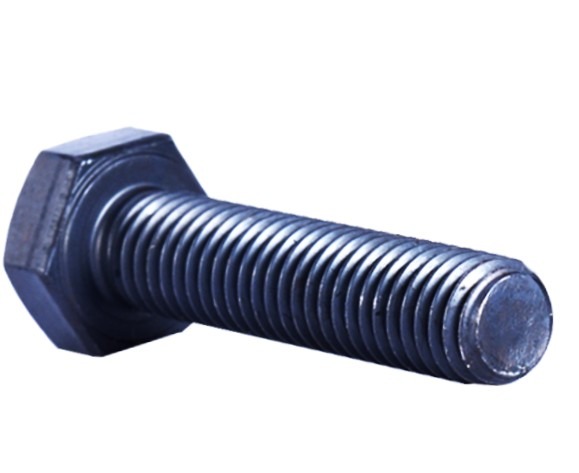
Bolt Tightening Process
Torque control method
The torque control is the most initial and simplest control method. It is based on the proportional linear relationship between the axial clamping force F and the tightening torque T during the screw connection. It can be expressed by a formula which is T=K.F, where K is the torque coefficient. Therefore, the advantage of torque control method is low cost. You can use a simple tightening tool torque wrench to check the bolt tightening quality.
Its disadvantage is that the tightening accuracy is not enough, the potential of materials can’t be fully exerted. Environment, including temperature, bolt thread, impurity, collision, etc, has a great impact.
Torque angle control method
The torque angle control method is to tighten the bolt to a small torque, generally 40%~60% of the tightening torque, and start from this point to tighten a specified angle. It is based on a certain angle, which is the axial elongation of the bolt and the compression of the connectors.
The purpose is that screw the bolt onto the close contact surface and overcome uneven factors of surface unevenness, while the required axial clamping force is generated by the angle.
Its advantage is that it has high control precision and can obtain larger axial clamping force. The disadvantage is that the control system is relatively complex, and the pre tightening torque and angle need to be measured. It is difficult for the quality department to find an appropriate method to check and follow up the bolt tightening effect.
Yield point control method
This method is to tighten the bolts to the yield point.

Dynamic Torque And Static Torque of Bolt Tightening
Dynamic torque
Wrenches and power tools both can apply dynamic torque, which is measured during tightening. The axial preload generated by dynamic torque meets the requirements for preload in engineering.
The measurement method
1. The measurement is carried out by adding a sensor between the fastening tool and the fastener.
2. It is measured by the torque sensor of the fastening tool itself.
Static torque
Static torque is that after a fastener is fastened, the torque required at the moment when it continues to rotate in the tightening direction. It is measured after tightening. The static torque standard is used to monitor the stability of the production process.
The measurement method
Use a force measuring wrench to tighten the fastener with an angle of less than 5 ° in the tightening direction within 5 minutes after tightening.
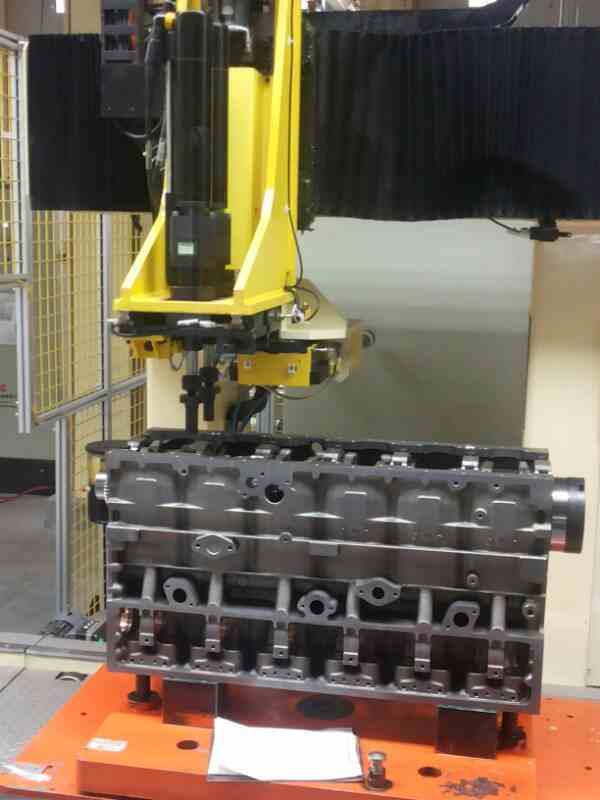
Selection of Tools for Bolt Tightening Process and Automobile Assembly
The general direction of tool selection is based on the annual production capacity of new products in the product planning stage and the assembly complexity of the product itself.
Plan the design scheme and calculate the production rhythm of the whole vehicle in combination with the actual bolt tightening process layout and the number of stations. Determine the general direction and category of new project selection and matching tools according to the process characteristics of the product itself and the difficulty of automobile assembly, so as to determine whether power tools are the most used or manual tools are the most used and provide a clear direction for the next on-site substantive tool selection and matching, of course, the precondition for determining the direction of such tool selection is to meet the actual needs of the vehicle assembly process.
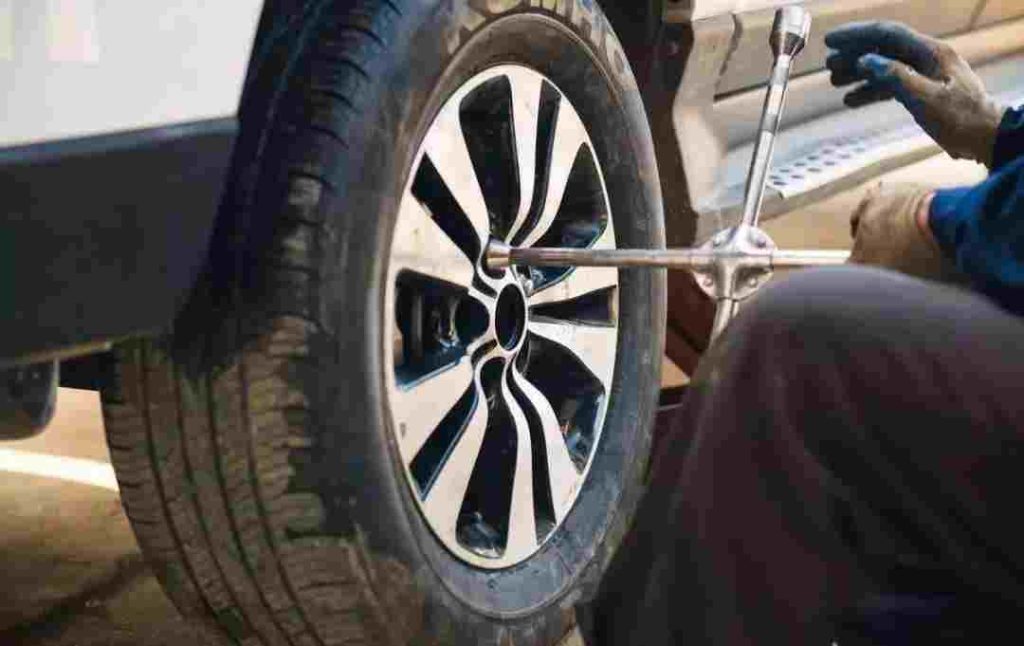
Summary
The bolt tightening process should be carried out synchronously with the early design stage of the product, so as to ensure that the abnormal situations of automotive assembly will not occur, effectively promoting the stable operation of the production line, greatly improving the economic benefits and achieve the purpose of improving product quality, reducing development costs.

